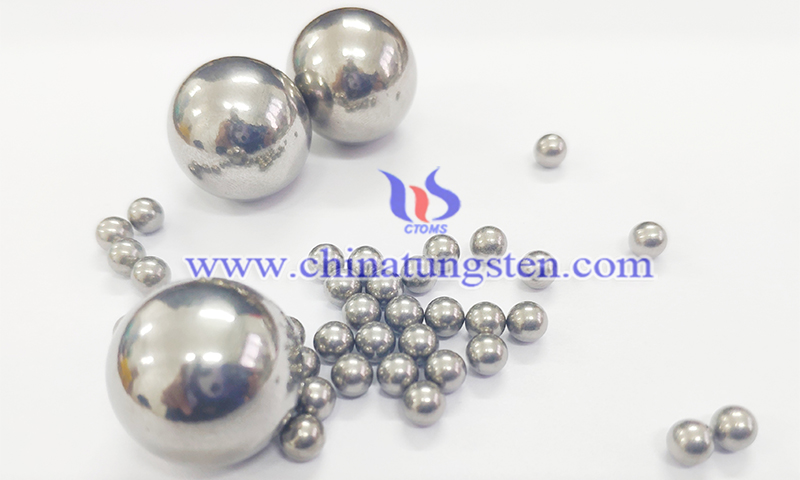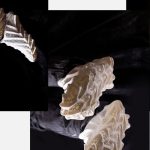IMP Reveal Friction and Wear Behavior of tungsten Alloy Balls
- Details
- Category: Tungsten’s News
- Published on Friday, 03 September 2021 21:58
Researchers from the Institute of Modern Physics (IMP) of the Chinese Academy of Sciences (CAS) recently revealed the collective friction and wear behavior of tungsten alloy balls, which are important candidate target materials for accelerator-driven subcritical systems (ADS). Results were published in the journal of Tribology International.
This new concept target, the particle flow spallation target, is considered to be one of the most promising candidate target types for ADS. The spallation target can continue to work under extreme conditions, such as high temperatures and strong radiation.
In addition, many target balls circulating in the target ring will produce strong and complex friction and wear behavior, which affects the service life of the target balls. Up to now, no suitable method has been proposed to evaluate the friction and wear behavior caused by the collective movement of particles.
Because of their low cost but excellent performance, tungsten alloy balls are considered to be one of the most promising candidates for particle flow spallation targets. The Institute of Modern Physics, Chinese Academy of Sciences, used a self-developed device, and their researchers conducted a collective wear exploration experiment on the alloy balls at 250°C.

IMP researchers found that the mass loss of the target ball increased first and then decreased, the maximum being about 0.32 wt%, and finally reaching a steady-state of about 0.28 wt%.
The researchers divided the entire process into several stages, which correspond to different friction and wear behaviors. In the initial stage of collective friction of the tungsten alloy ball, fatigue wear is the critical cause, and then the micro-crack network on the surface of the ball begins to sprout and develops into a crushed layer. After the crushed layer fell off, the subsurface began to wear. At the end of the process, a self-assembled new layer with a structure of amorphous surrounding nanocrystallines is formed on the surface of the ball.
According to the researchers, since the new self-assembled layer has greater resistance to friction defects and the layer can inhibit the propagation of microcracks, this new layer contributes to improving the wear resistance of the ball surface, which also explains the discovery that the loss ratio increased first and then decreased.
In addition, this exploratory experiment also revealed the significant role of wear debris. In the early days, wear debris helped the formation of the top crush layer. In the intermediate stage, the wear debris acts as a solid lubricant and buffer layer between the balls to slow down friction and wear. They participate in the formation of the self-assembled layer in the later stages, and play a role in protecting the alloy ball.
The research results not only provide an important experimental method for evaluating the friction and wear behavior of particle spalling targets, but also provide evaluation data for the service life of tungsten alloy balls as spalling target materials from the perspective of tribology.
This work from IMP was supported by the National Natural Science Foundation of China, the Natural Science Foundation of Guangdong Province, and the Guangdong Laboratory of China and Advanced Energy Technology.
- Next >
Link to this article:IMP Reveal Friction and Wear Behavior of Tungsten Alloy Balls
Reprint Statement: If there are no special instructions, all articles on this site are original. Please indicate the source for reprinting:Tungusten,Thanks!^^

